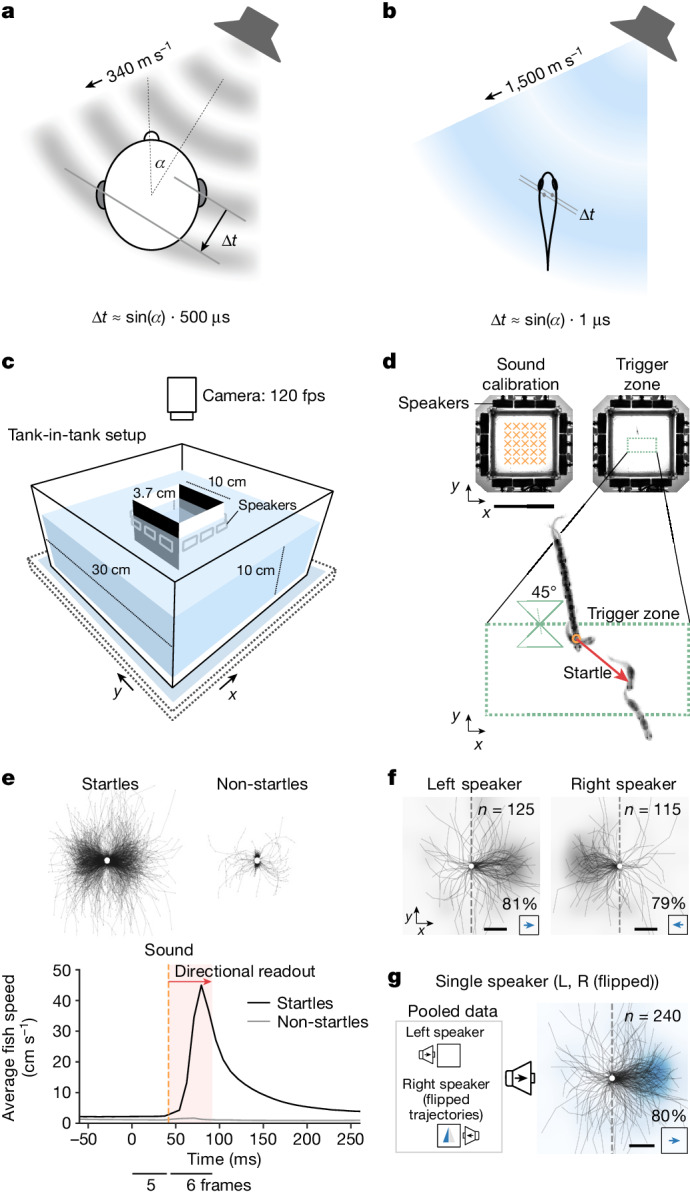Fig. 1. Sounds elicit a directional startle reflex in Danionella cerebrum.

a, Schematic of a pressure wave, arriving at the auditory organs with a detectable ITD in humans. b, ITDs are heavily diminished underwater (value approximated for D. cerebrum). c, Behavioural setup (Methods). d, Playback paradigm. Before the experiment, sound pressure and particle acceleration are calibrated at multiple points inside the inner tank (top left, orange crosses; see also Extended Data Fig. 1c–e). Playback is triggered if three conditions are met: the fish swims into the trigger zone (top right, dotted green rectangle), the fish is oriented ≤45° to the y axis, and ≥5 s have passed since the last playback (Methods). e, Startles are detected by a speed threshold after sound playback (Methods; see Extended Data Fig. 4 for details on startle dynamics). Top: centred trajectories after playback for startles (n = 1,415) and non-startles (n = 2,383) across all fish (n = 65). Bottom: average fish speed for startles and non-startles, aligned to sound trigger at t = 0. f, Centred startle trajectories in two sound configurations show a directional escape away from the left (81% of n = 125 startle trials across 58 fish; two-sided binomial test: P = 2 × 10−12) or right (79% of n = 115 startle trials across 56 fish; two-sided binomial test: P = 2 × 10–10) speaker. g, Pooled centred trajectories from f with flipped trajectories for the right speaker stimulus summarize the directional escape away from the single speaker (80% of n = 240 startle trials across 63 fish; two-sided binomial test: P = 1 × 10−21). f,g, The heat maps are normalized and smoothed two-dimensional histograms over endpoint positions of the trajectories (grey for single-stimulus data; blue for pooled data). Scale bars, 10 cm (d) and 5 mm (f-g).
